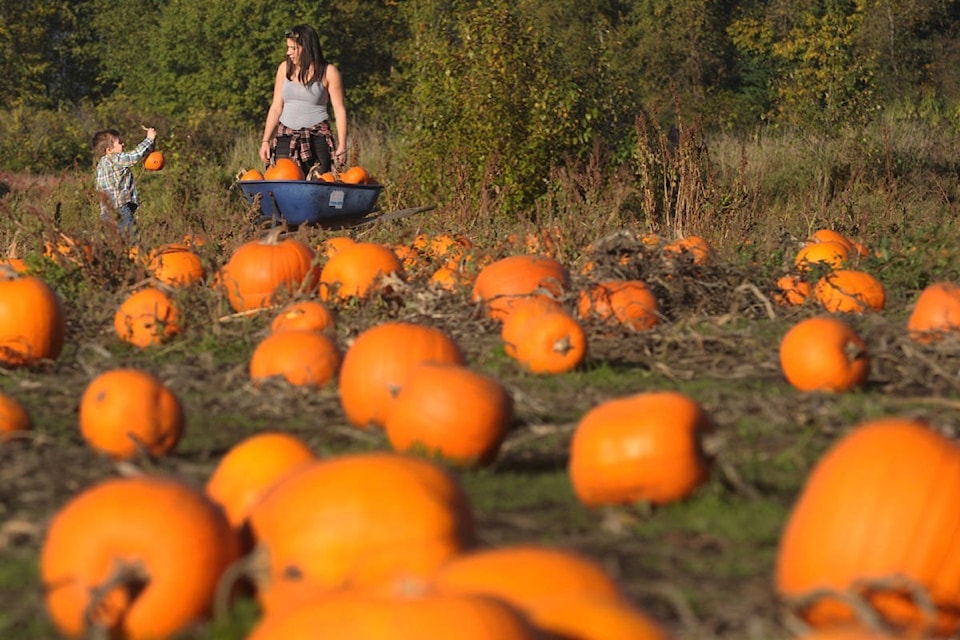Linda Geggie
For the Saanich B┤╬ď¬╣┘═°═°ÍĚ
Get this. My 13-year-old just came home from school with a pumpkin pie. The fact that it made it home intact is one thing, the other is that apparently he made it from scratch.
Courtside, watching my sonB┤╬ď¬╣┘═°═°ÍĚÖs volleyball game I got to chatting with another parent who was also incredulous about her son bringing home a pie. Now, she told me, he is making something for family meals each week. Not only had they made pumpkin pie, my son confessed, they had prepared a whole Thanksgiving dinner. Will wonders never cease. We bow down to you high school Foods teachers.
Pumpkins do make great pies but they are also an extremely versatile fruit. Yes, you read that right, a fruit, The pumpkin, part of the squash family, develop from a flower and contains seeds. This technically makes it a fruit. A vegetable can be any other part of a plant, such as the leaves, stems or roots.
Most people know and love Pumpkins for their center stage appearance at Halloween. Those with Irish roots may tell you that it wasnB┤╬ď¬╣┘═°═°ÍĚÖt actually pumpkins that were originally carved into scary lanterns. It was turnips potatoes or beets.
The practice is said to have originated hundreds of years ago based on the legend of Stingy Jack. Stingy Jack made some deals with the devil and, long story short, when he died he was not admitted into heaven but had to roam the earth. He carved out a turnip and popped a piece of coal inside, to light his way. The Irish referred to his ghostly figure as Jack of the LanternB┤╬ď¬╣┘═°═°ÍĚŁwhich later became Jack OB┤╬ď¬╣┘═°═°ÍĚÖ Lantern. In order to scare him away, people started carving scary faces into turnips and potatoes and putting them in their windows and doorways. When immigrants came to North America they turned to the pumpkin, and a new twist on an old tradition was born.
We would do the pumpkin injustice if we used it solely as a decorative safe guard against bad spirits. Although pumpkins that are commonly grown and sold for Halloween are not great cooking varieties, you can at least toast the seeds in the oven for a great snack.
I hope that the thriving commercial fad of B┤╬ď¬╣┘═°═°ÍĚťpumpkin spice everythingB┤╬ď¬╣┘═°═°ÍĚŁ does not turn you off exploring cooking with pumpkins. They are so diverse in their types and uses. You can roast them; use them in soups, pies, breads, muffins, and even lasagna. A simple Internet search will let you know what types of pumpkins are good for savory or sweet dishes. Or you can go to the source, your local farmer. I encourage you to get to local farms where you can take your pick of the field.
Also in case you havenB┤╬ď¬╣┘═°═°ÍĚÖt witnessed it, after Halloween head out to Mt. Doug Park and see all the carved pumpkins along the roadside. It is a very cool. Local tradition is to give them a last hurrah before they head to the compost.
Linda Geggie is the executive director with the Capital Region Food and Agriculture Initiatives Roundtable.



